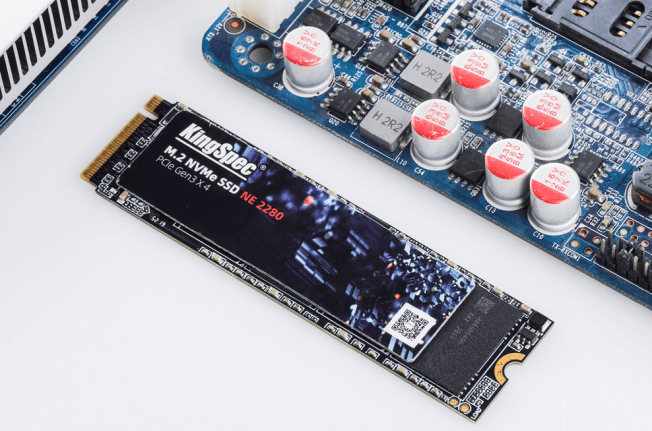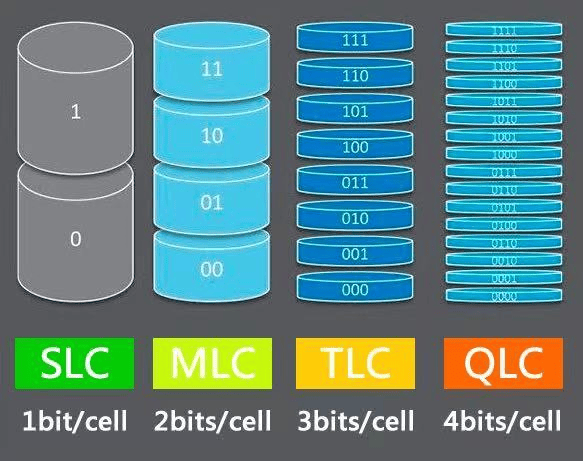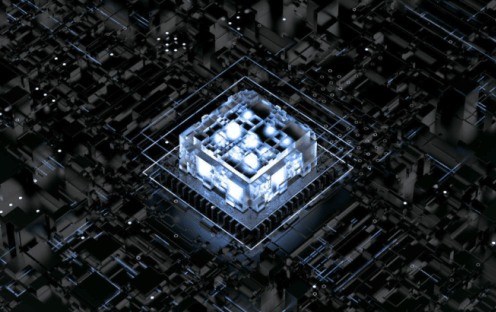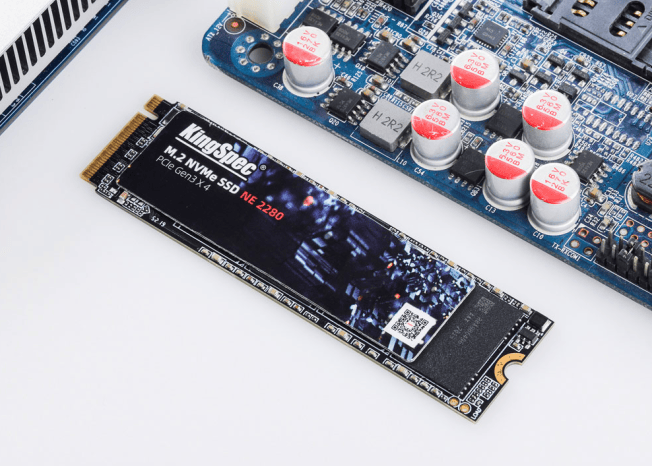News
Site Editor
 Site
https://kingspec.usa02.wondercdn.com/uploads/image/6307135a29359.png
SSDs based on NAND Flash have the advantages of low power consumption, high speed, and high reliability. Compared with traditional mechanical hard disks, SSDs of the same capacity are still expensive. However, new devices based on 3D NAND flash memory are having an increasingly fierce competition in the storage market.
Site
https://kingspec.usa02.wondercdn.com/uploads/image/6307135a29359.png
SSDs based on NAND Flash have the advantages of low power consumption, high speed, and high reliability. Compared with traditional mechanical hard disks, SSDs of the same capacity are still expensive. However, new devices based on 3D NAND flash memory are having an increasingly fierce competition in the storage market.
What Is 3D NAND Flash Memory and How Does It Work
Views: 17957
Author: Site Editor
Publish Time: 2021-07-22
Origin: Site
SSDs based on NAND Flash have the advantages of low power consumption, high speed, and high reliability. Compared with traditional mechanical hard disks, SSDs of the same capacity are still expensive. However, new devices based on 3D NAND flash memory are having an increasingly fierce competition in the storage market.
Storage cost
The cost of a silicon wafer is directly proportional to its area and is independent of the things on it to a large extent. Therefore, the cost per byte of NAND flash memory depends on how many bits can be stored on a chip of a given size. There are several techniques used to increase the storage density of NAND flash memory.
· The first technique is to reduce the size of its unit.
What makes it possible is that the manufacturing process is continuously developing, which allows making smaller features of the storage density. However, this shrinkage eventually reached its limit. Meanwhile, it also causes some unnecessary side effects, such as a more fierce leakage current or a higher error rate.
· Another innovation is to store more bits in each unit of the storage density.

Modern flash memory is no longer a single-level cell (SLC) that can only store one bit of data but is to keep multi-level cell(MLC), triple-level cell(TLC), or even quadruple-level cell(QLC). This means that multiple levels must be precisely programmed and measured. Although this technology does increase storage density, it has also become a compromise between reduced performance, shortened lifespan, and increased error rate.
Moving to the third dimension —— 3D NAND
In order to form a complete three-dimensional structure on the silicon chip, people did not arrange a storage cell array on the surface of the chip. However, they deposited multiple storage cells. This allows that there is more storage in the same surface area. What is also important is that it provides shorter data connections to realize a faster data transfer.
3D Nand Flash can still use the same SLC, MLC and TLC technologies which are as same as a planar memory, to increase the available storage density. Due to the additional storage density, 3D NAND Flash can use these slightly older processing technologies and larger cell size, which still have advantages compared to classic graphic designs. These processes mean that both power consumption and error rate will be reduced.
What are the advantages and disadvantages of 3D NAND flash memory?
The main advantage of 3D NAND flash memory is to reduce the cost of each byte which is because it packs more bits per unit area of the chip. Therefore, SSDs with a capacity of 1 TB or 2 TB can be provided at a reasonable price. It must be admitted that this higher storage density increases the cost: additional complexity in the manufacturing process. Making 3D chips requires more processing stages. A small pollution at any stage or a small error in the processing process can make the equipment unusable, which greatly increases the manufacturing cost of 3D chips. However, this is offset by the higher storage density. Even if the manufacturing cost of the chip is twice the original, the cost of each byte will still be significantly reduced.

The storage cells in the 3D NAND chip are closer than those which scatter on the surface of the 2D device. This means that signals do not have to travel too far, which reduces their delay. Meanwhile, it depends on the applications of storing the data to improve the storage performance. At last, shortening the distance that the signal needs to send can reduce power consumption in specific applications and practice.

KingSpec NE2280 uses the latest ultra low power flash memory controller
Conclusion
Although 3D NAND flash memory may be the right choice in terms of storage capacity and the cost of each byte, the effective use of 3D NAND flash memory depends on the flash memory controller to a large extent. This requires a high-quality flash memory controller to effectively manage the large storage capacity to minimize the impact of durability and ensure maximum service life and reliability of the storage.
























